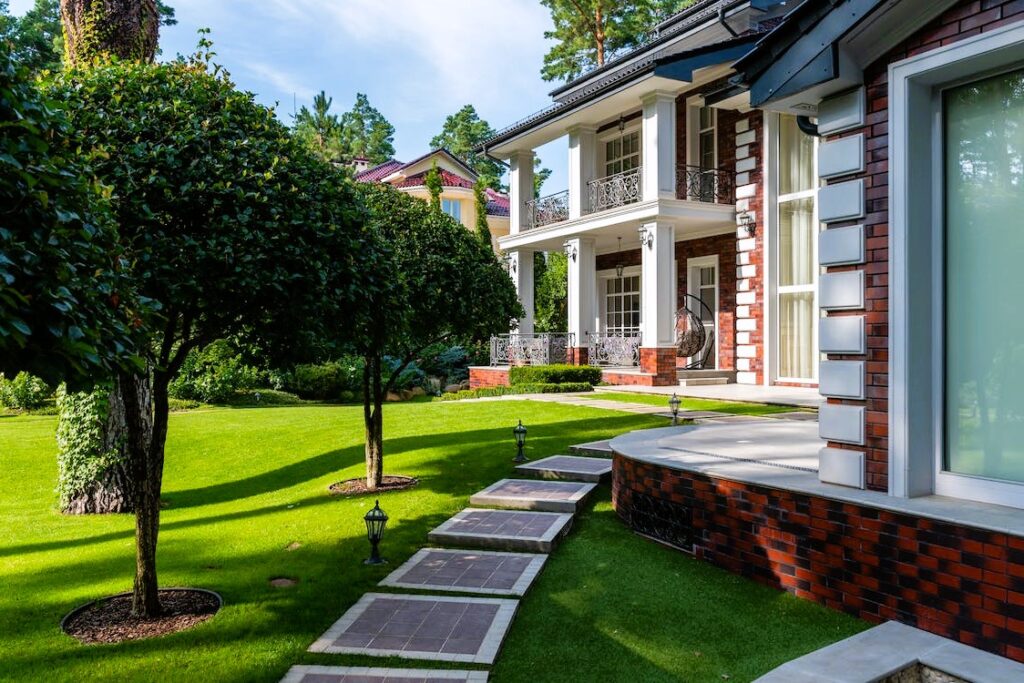
Extending the Lifespan of Pathways: Regular Maintenance and Repair
Comments Off on Extending the Lifespan of Pathways: Regular Maintenance and Repair
Pathways are an essential part of our outdoor spaces, providing a functional and aesthetic element…

Yard Design Basics: Creating a Harmonious Space
Comments Off on Yard Design Basics: Creating a Harmonious Space
Your yard is an extension of your home, and its design plays a crucial role…
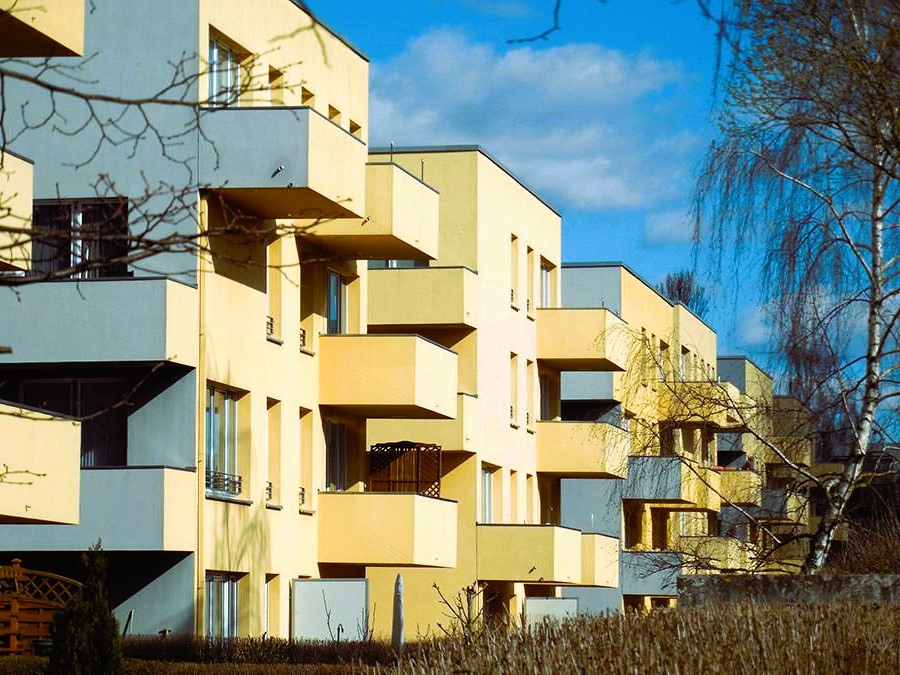
Advantages of Professional Common Area Maintenance in Multi-Family Housing
Comments Off on Advantages of Professional Common Area Maintenance in Multi-Family Housing
Multi-family housing, including apartment complexes, condominiums, and townhouses, offers many benefits for residents, such as…

Professional Tips for Caring for Trees and Shrubs in Your Yard
Comments Off on Professional Tips for Caring for Trees and Shrubs in Your Yard
Trees and shrubs are the backbone of a well-landscaped yard. They provide shade, privacy, and…

Yard Layout: Optimizing Space and Functionality
Comments Off on Yard Layout: Optimizing Space and Functionality
Your yard is an extension of your living space, offering a canvas for outdoor activities,…

Seasonal Lawn Care: Key Steps for Summer, Spring, Fall, and Winter
Comments Off on Seasonal Lawn Care: Key Steps for Summer, Spring, Fall, and Winter
Maintaining a healthy and vibrant lawn throughout the year requires a proactive approach that adapts…
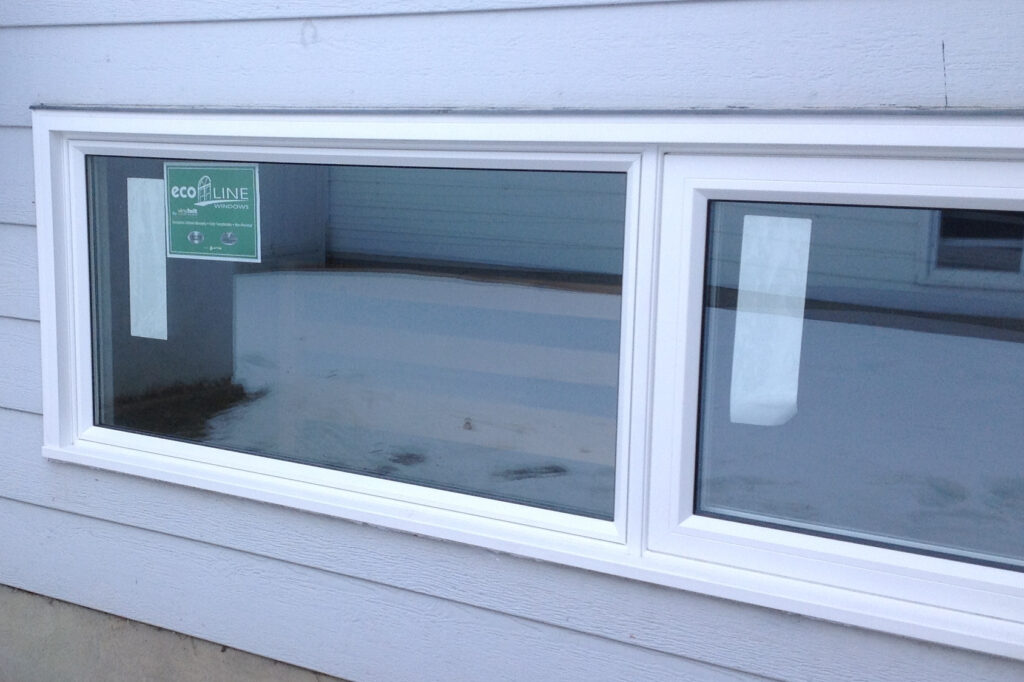
Deciphering the Labyrinth of Customer Feedback: Exposing the Authenticity of Detrimental Appraisals
Comments Off on Deciphering the Labyrinth of Customer Feedback: Exposing the Authenticity of Detrimental Appraisals
An infrequent yet disconcerting phenomenon leaves us collectively disheartened. No, it’s not the annual pilgrimage…
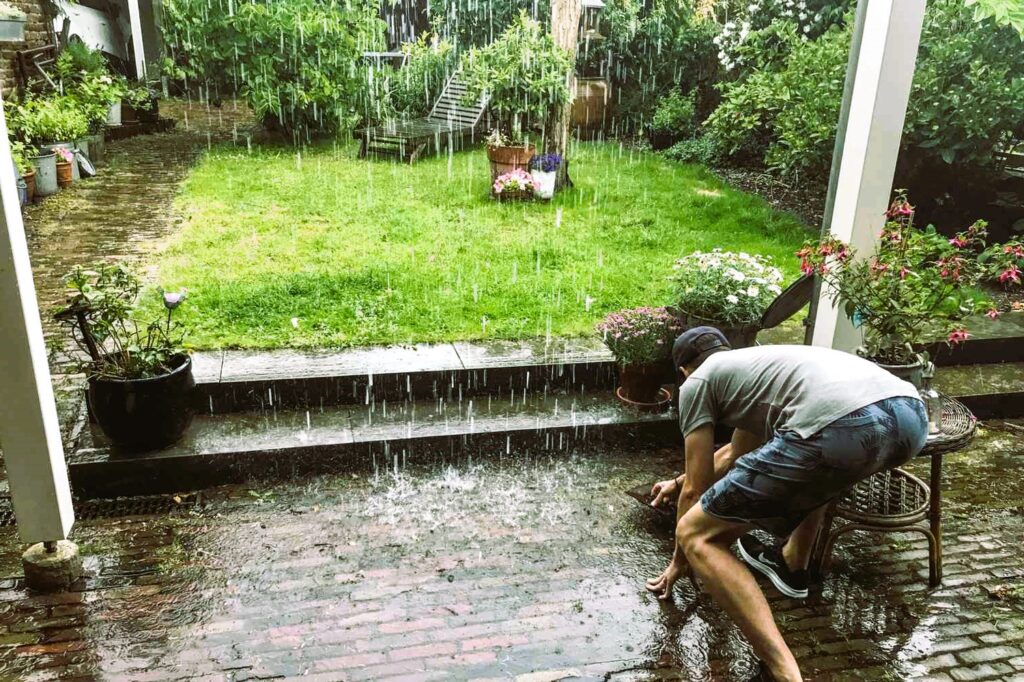
Managing Water Drainage in Your Yard: Preventing Flooding
Comments Off on Managing Water Drainage in Your Yard: Preventing Flooding
A well-maintained yard can be a source of pride and enjoyment for homeowners. However, without…
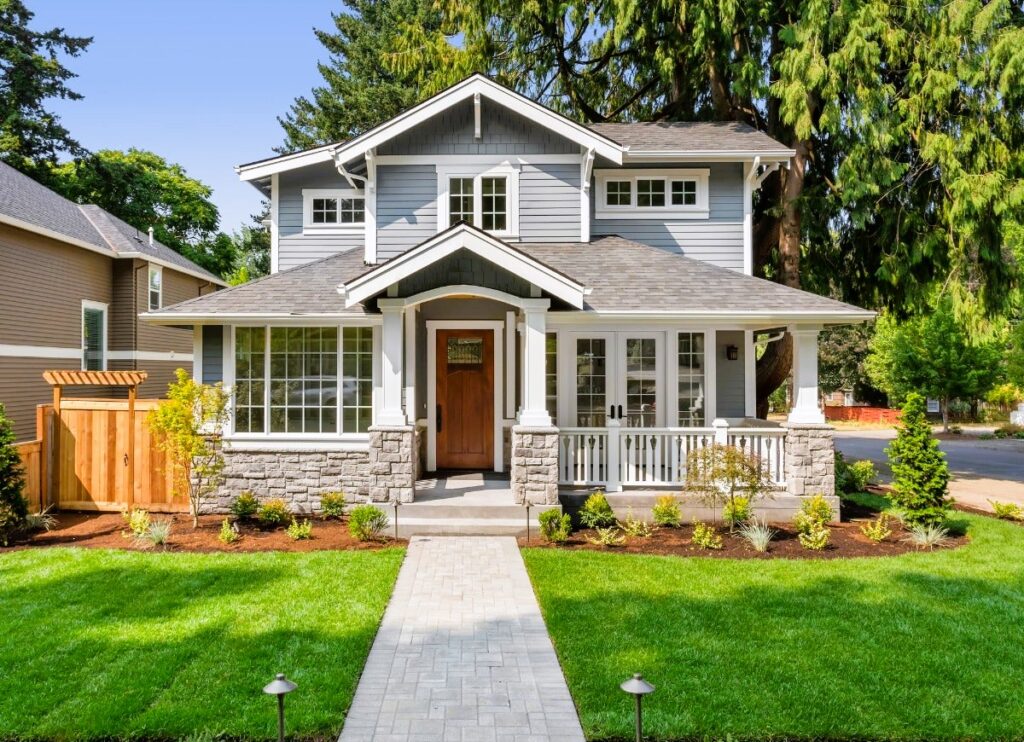
Investing in Your Property: How Yard Repair Can Increase Home Value
Comments Off on Investing in Your Property: How Yard Repair Can Increase Home Value
When it comes to homeownership, your property is not just a place to live; it’s…

Mastering Plant Care: Tips for Watering and Fertilizing
Comments Off on Mastering Plant Care: Tips for Watering and Fertilizing
Effective plant care is at the heart of maintaining a lush and thriving garden or…
